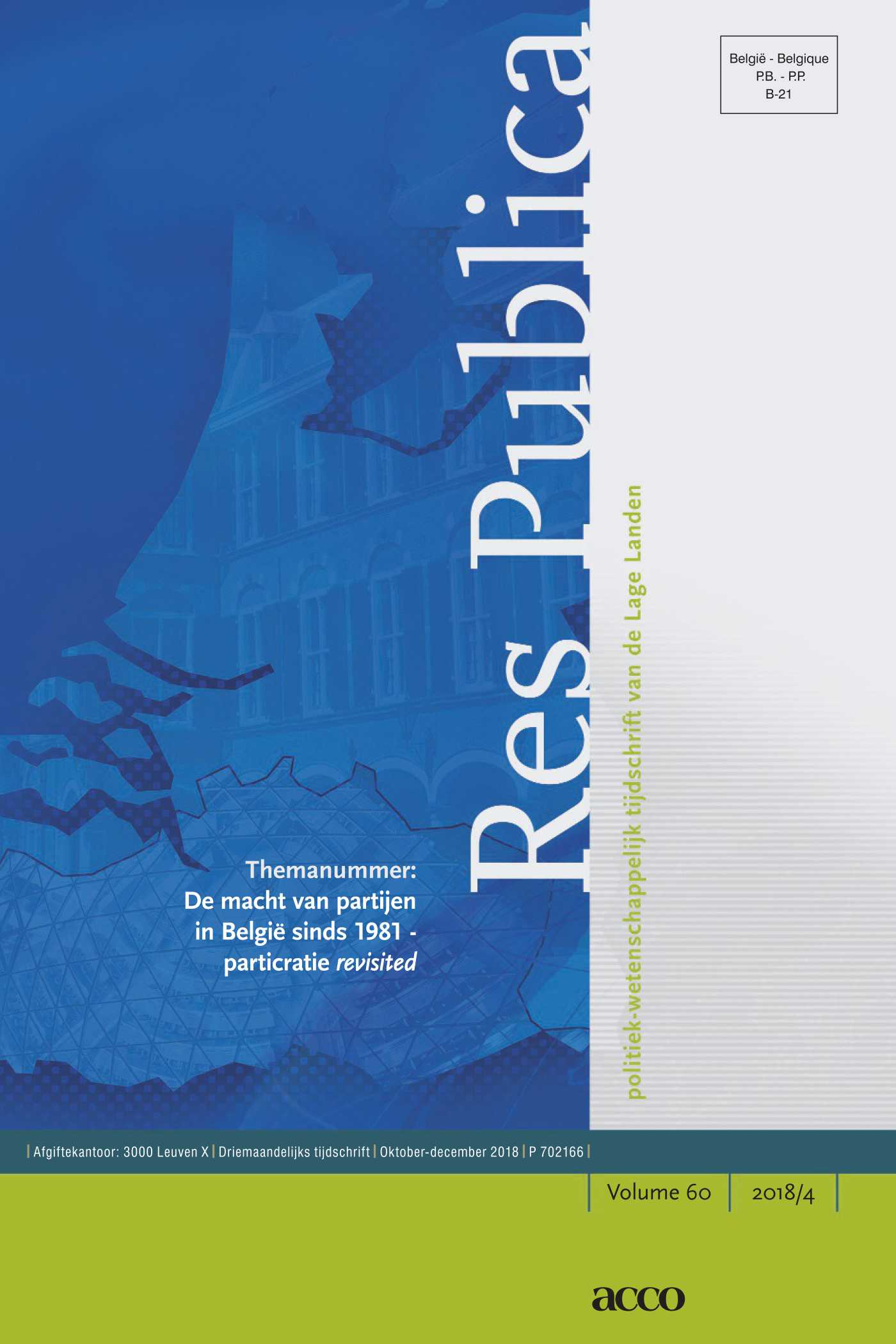|
The European Commission publishes bi-annual internal market scoreboards which show the member states’ performance in realizing internal market rules. Timely and correct transposition of internal market directives is a crucial part hereof. Member states are regarded as unitary actors. Consequently the Commission does not differentiate the performances of their constituent sub-national entities. This article constructs the internal market scoreboards for Flanders (2009-2013) and holds these against the Belgian performance. In order to frame the fluctuations in the Flemish performance per scoreboard, external and internal factors that help explain maltransposition are pretested in the Flemish case. Flanders struggles with transposition, transposing barely a fourth of the directives under its competence timely and correctly, with timeliness being most problematic. The factors that seem to be connected to this performance, however, are structural and cannot easily be influenced. Further research is needed to go from this exploration toward explaining maltransposition in Flanders. |


Res Publica
About this journalSubscribe to the email alerts for this journal here to receive notifications when a new issue is at your disposal.
| Article |
|
| Keywords | transposition, EU Directives, Flanders, Internal Market Scoreboard |
| Authors | Isabelle De Coninck |
| AbstractAuthor's information |
| Article |
|
| Keywords | Question hour, media attention, parliamentary questions, newspaper coverage, content analysis |
| Authors | Peter Van Aelst, Rosa van Santen, Lotte Melenhorst e.a. |
| AbstractAuthor's information |
|
This study on the role of media attention for the Dutch question hour answers these questions: to what extent is media attention a source of inspiration for oral parliamentary questions? What explains the newsworthiness of these questions? And what explains the extent of media coverage for the questions posed during the question hour? To address this, we present a content analysis of oral parliamentary questions and related press coverage in five recent years. Results show first that oral questions are usually based on media attention for a topic. Concerns about media influence should however be nuanced: it is not necessarily the coverage itself, but also regularly a political statement that is the actual source of a parliamentary question. The media are thus an important ‘channel’ for the interaction between politicians. Second, our analysis shows that oral questions do not receive media attention naturally. Several news values help to explain the amount of news coverage that questions receive. ‘Surfing the wave’ of news attention for a topic in the days previous to the question hour seems to be the best way to generate media attention. |
| Article |
|
| Keywords | ideology, manifestos, party change, Belgium |
| Authors | Nicolas Bouteca |
| AbstractAuthor's information |
|
In order to win elections political parties sometimes adapt their policy platforms to a changing society. But according to some scholars left-wing parties are in this regard more reluctant than right-wing parties. The former would show less programmatic flexibility than the latter. Other authors nuance this difference and state that leftist parties are ideologically more volatile at one moment and rightist parties at another time. In this article we empirically test whether rightist parties show more programmatic flexibility than leftist parties. We make use of an in depth quantitative analysis of the socio-economic policy proposals of the Belgian liberal and social-democratic parties between 1961 and 2010. We find that the right-wing liberal party indeed makes larger programmatic changes. The intensity of the ties with social groups such as trade unions is probably the most important variable to explain this difference. |
| Essay |
|
| Authors | Leni Franken |
| Author's information |
| Symposium |
|
| Authors | Monique Kremer, Jeroen Doomernik, François Levrau e.a. |
| Author's information |
| Research Note |
|
| Authors | Tim Immerzeel, Hilde Coffé and Tanja van der Lippe |
| Author's information |
| Research Note |
|
| Authors | Karen Celis and Silvia Erzeel |
| Author's information |
| Research Note |
|
| Authors | Petra Debusscher |
| Author's information |

 Issue 4
Issue 4